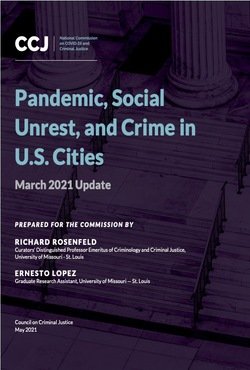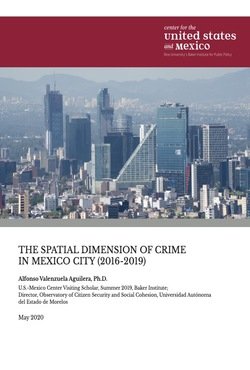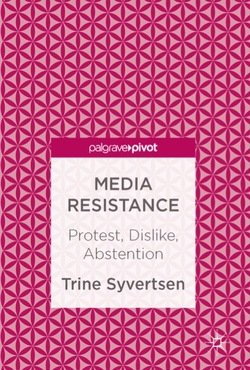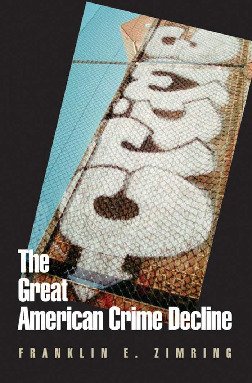By Abhineet Gupta
The internet can broadly be divided into three parts: surface, deep and dark among which the latter offers anonymity to its users and hosts. The dark web has become notorious in the media for being a hidden part of the web where all manner of illegal activities take place. The more restrictions placed upon the free exchange of information, goods and services between people the more likely there exist hidden spaces for it to take place. The ‘black market’ of the internet – the dark web - represents such a hidden space. This review looks at the purposes it is widely used for with an emphasis on cybercrime, and how the law enforcement plays the role of its adversary. The review describes these hidden spaces, sheds light on their history, the activities that they harbour – including cybercrime, the nature of attention they receive, and methodologies employed by law enforcement in an attempt to defeat their purpose. More importantly, it is argued that these spaces should be considered a phenomenon and not an isolated occurrence to be taken as merely a natural consequence of technology. The review is conducted by looking at existing literature in academic journal databases. It contributes to the area of the dark web by serving as a reference document and by proposing a research agenda.
Melbourne: University of Melbourne, 2018. 46p.





















